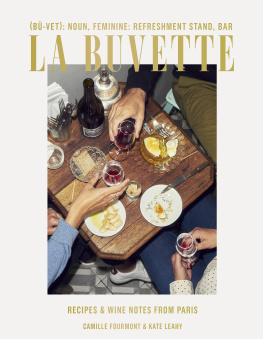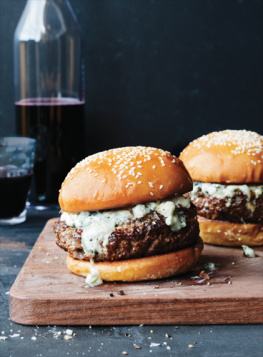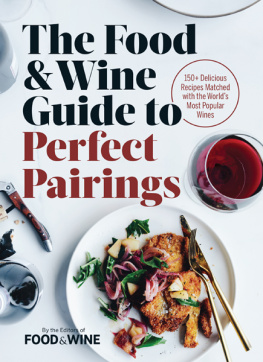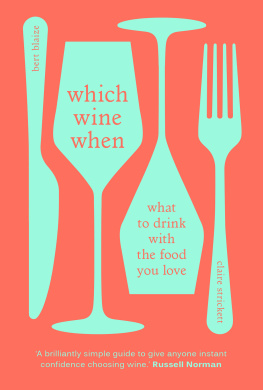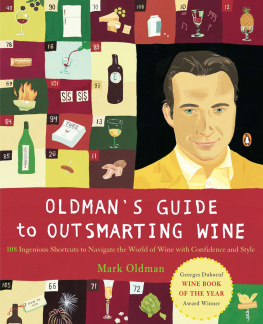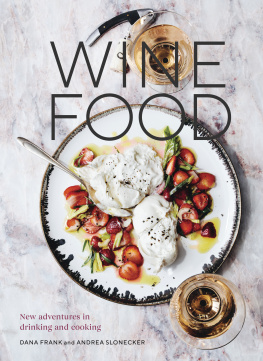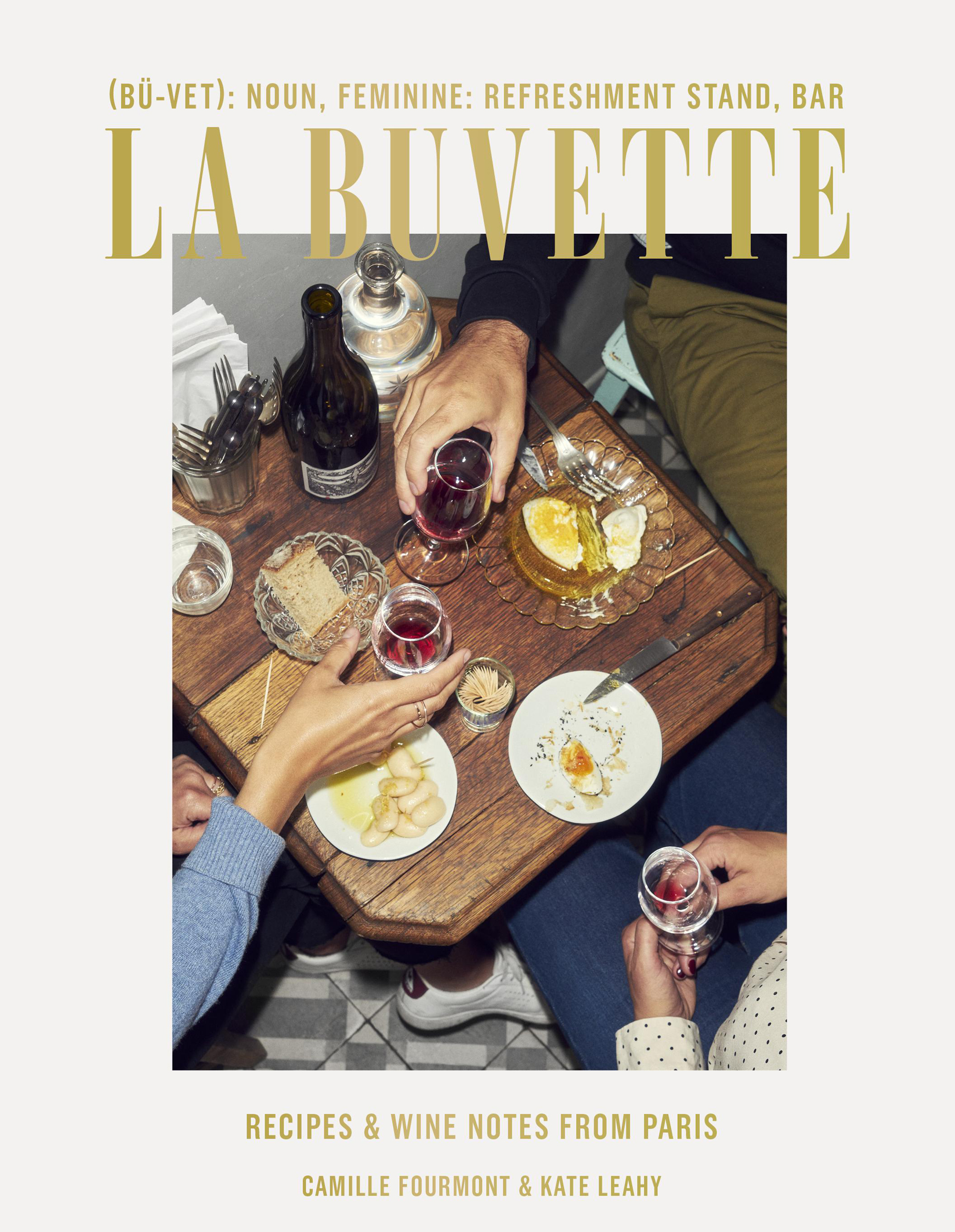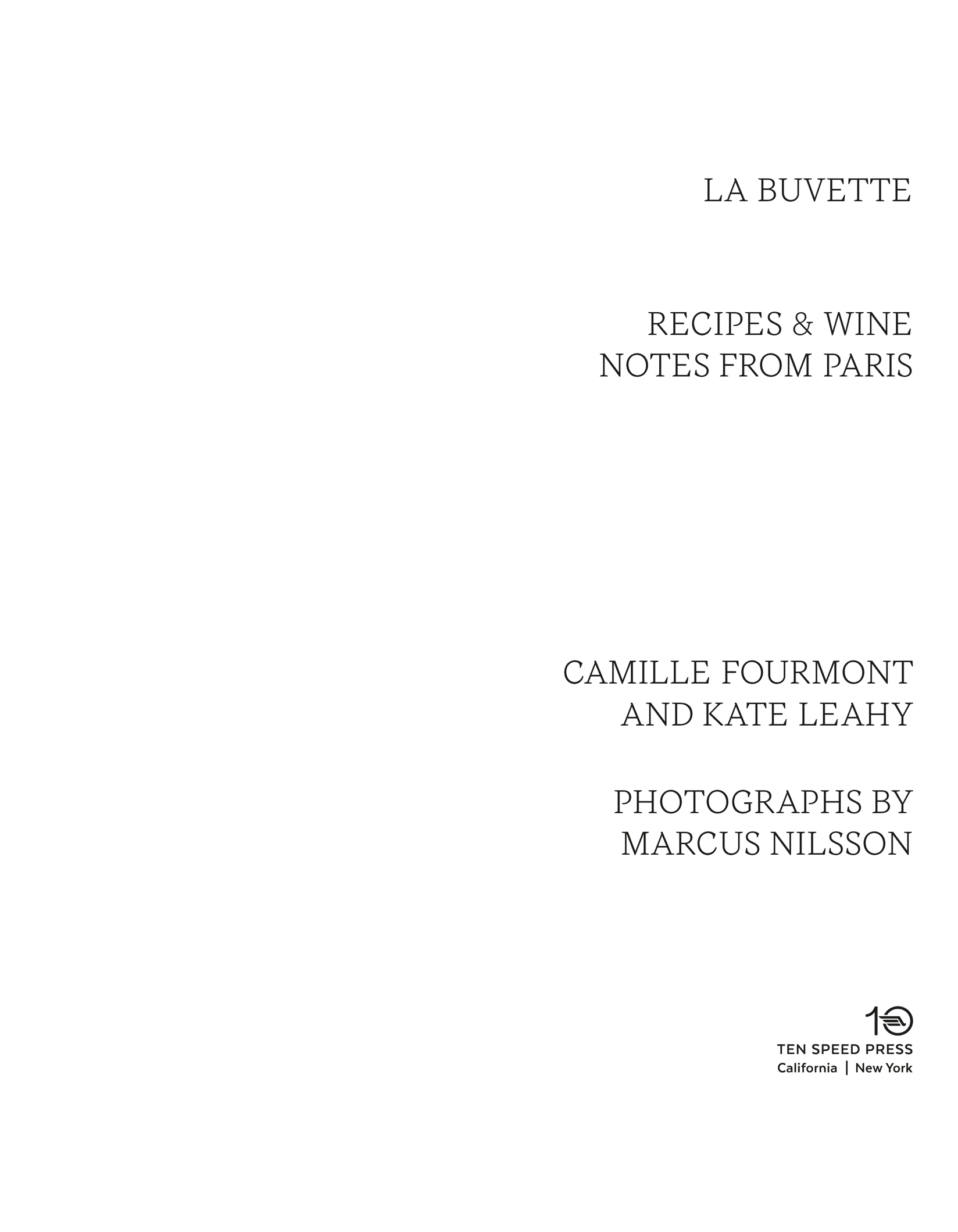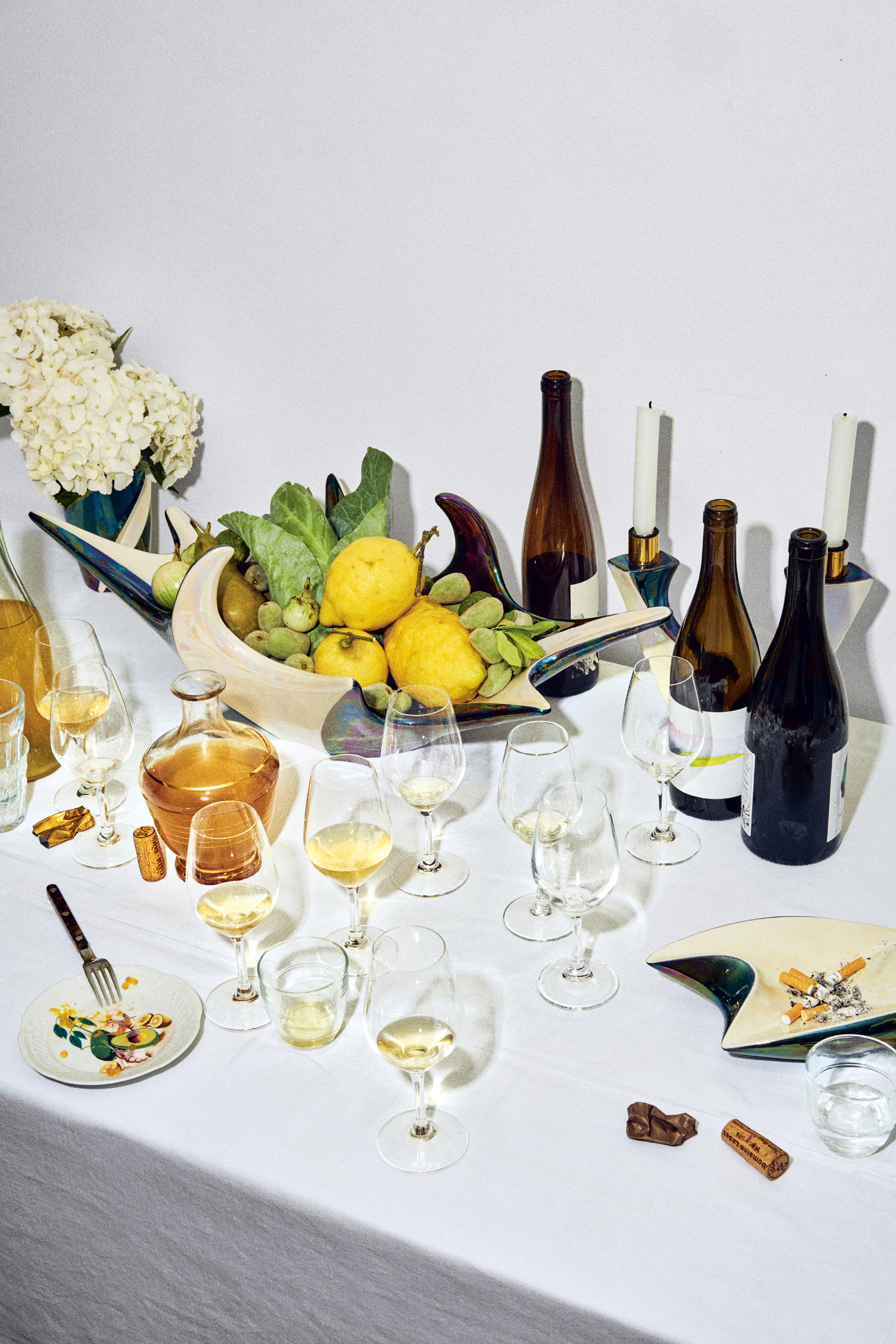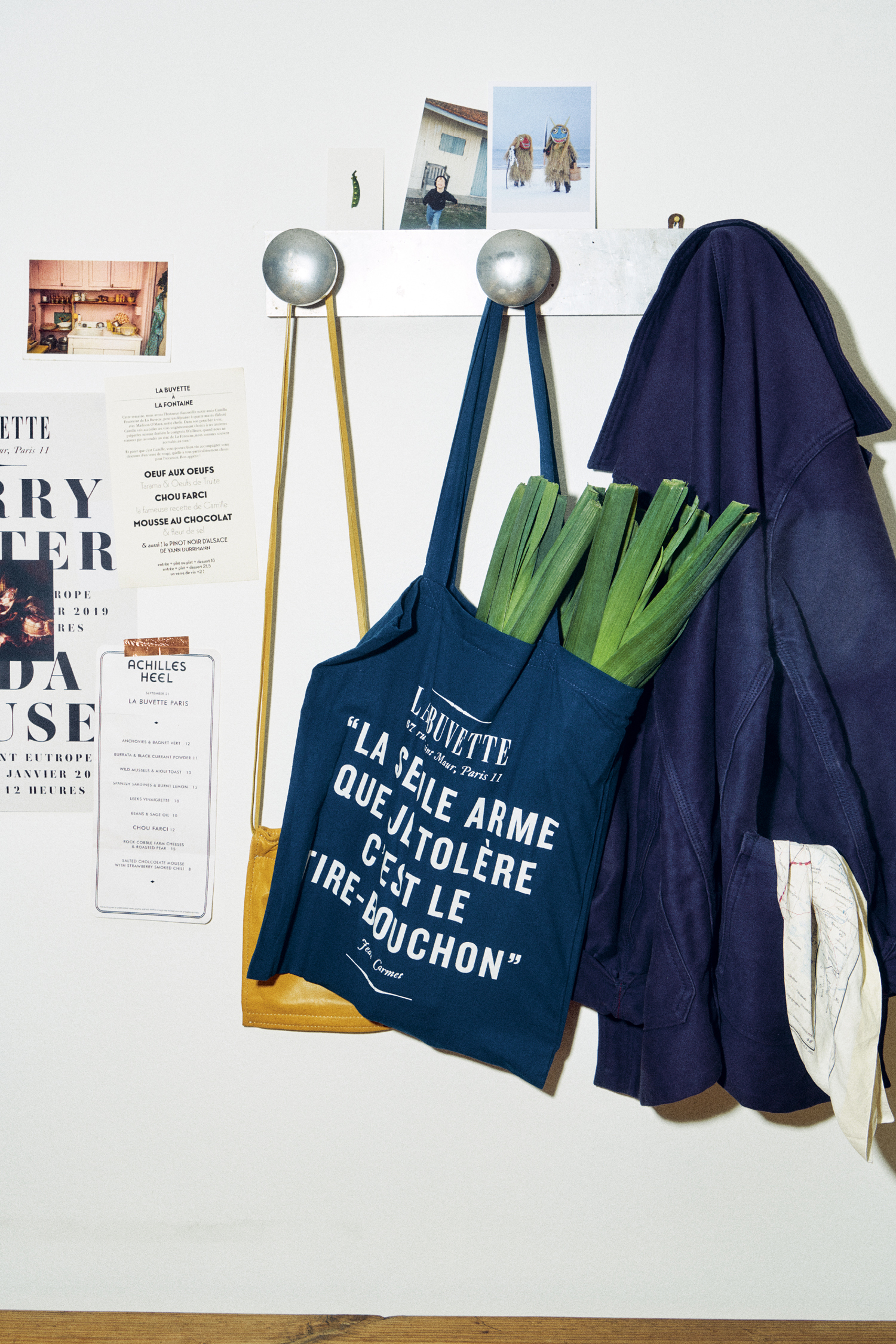Copyright 2020 by Camille Fourmont and Kate Leahy
Photographs copyright 2020 by Marcus Nilson
All rights reserved.
Published in the United States by Ten Speed Press, an imprint of Random House, a division of Penguin Random House LLC, New York.
www.tenspeed.com
Ten Speed Press and the Ten Speed Press colophon are registered trademarks of Penguin Random House LLC.
Library of Congress Cataloging-in-Publication Data
Names: Fourmont, Camille, author. | Leahy, Kate, author.
Title: La Buvette : recipes and wine notes from Paris / by Camille Fourmont and Kate Leahy.
Description: First edition. | California ; New York : Ten Speed Press, 2020. | Includes bibliographical references and index.
Identifiers: LCCN 2019040994 |
Subjects: LCSH: Cooking, French. | Wine and wine makingFrance. | Buvette (Restaurant : Paris, France) | LCGFT: Cookbooks.
Classification: LCC TX719 .F76 2020 | DDC 641.5944dc23
LC record available at https://lccn.loc.gov/2019040994
Hardcover ISBN9781984856692
Ebook ISBN9781984856708
rhid_prh_5.5.0_c0_r0
CONTENTS
RECIPES
MISE EN PLACE
AT LA BUVETTE
ANYTIME RECIPES
LE GOTER
MORE TIME FOR COOKING
DESSERT
BUVETTE:
Dans certains tablissements publics, certaines manifestations, petit local ou comptoir o lon sert boire.
A SPACE FOR LIVING
While the sound of scooters buzzing through Paris traffic echoes along narrow rue Saint-Maur, a small neon sign glows in a window lined with wine bottles. Inside, people pull up mismatched chairs around a few small tables while Camille Fourmont stands behind the bar, opening wine, slicing bread, and finishing plates of giant beans with olive oil and citrus zest. Some people stop by for a bottle to take home, some step in for a quick apro before dinner, and others settle in for the night, drinking Camilles favorite cuves and eating small bites of food until the shop closes.
This is La Buvette, Camilles cave manger , a wine shop in which customers can stay and drink as long as they order something to eat. Most of the time, its just Camille behind the counter, so she acts as a host, cook, bartender, confidant, dishwasher, and any other position that needs to be covered. Before opening, she walks around the corner to buy flowers or hops on her Vespa to pick up rice vinegar from Belleville. Once back, she ties back her long wavy hair and prepares the mise en place: pulling out cheeses from the refrigerator to bring to room temperature, placing a cutting board next to a stack of fresh bread, and lining up the ingredients for her simple menu. A wine delivery arrives, so she unloads boxes and restocks the walls with the kind of bottles youd feel lucky to drink every day.
La Buvette is a shop built around wine, but it is also a space for Parisian living. People come to celebrate birthdays, or to get over a long day of work, or just because they need to take a moment for themselves. In this way, its a public place that acts like an intimate one. Usually, the night starts out quietly, with a few couples sitting with glasses of something easy to drink before they leave for dinner, but it often becomes much more animated as the evening progresses. A group of Parisian friends has come into the shop for so many Wednesdays in a row that they earned a nickname the Wednesday Club. Nearly without fail, members of this unofficial club can get Camille laughing to the point of tears at their crazy adventures.
In Paris, as in all big cities, time is precious, but getting together for a glass of wine or a meal in an unpretentious style can happen without much planning. Serving food and wine thoughtfully and with care doesnt require a big kitchen (no one in Paris has one), or an impressive cellar, or even the most perfect-looking plates and glasses. Just be charming and gracious, Camille says, and the rest follows. In this book, she shares this casual Parisian style of eating and drinking with friends. Whether at La Buvette or cooking at home, she starts by looking for ingredients everywhere from the Chinese grocery stores of Belleville to the wholesale market of Rungis outside of town. Over the years, she has made friends with artisans and chefs who supply her with charcuterie, cheeses, and olive oil. Everything is presented in a relaxed style on plates and silverware found in flea markets around Paris and its suburbs.
In the traditional sense of the word, a buvette is not much more than a refreshment stand, a place to drink something to quench the thirst. Still, the idea behind a cave manger , a wine shop for eating, isnt so different. A simple idea can go far in helping us come together and connect in a meaningful way. In sharing Camilles stories in this book of how she cooks, eats, drinks, and lives in Paris, we hope that it may inspire you to create memorable moments no matter where you live or how big or small the occasion.
KATE LEAHY
INTRODUCTION
ITS A MINUTE BEFORE five oclock in the evening, and Im rolling up the metal storefront gate that covers the front of La Buvette. It rumbles as it rises and is quite heavynothing like the soft curtains of a theater. But I always get this feeling in the minutes before unlocking the door that Im a stage hand, setting up the mise-en-scne for the evening. Each night the story is always a little bit different, with new characters mixing with familiar faces.
La Buvette is just a tiny place on rue Saint-Maur, a street on the east side of Paris that goes on forever. The shop itself has no kitchen, yet there is something special about it. Mosaic-tiled floors, marble counters, and mirrored glass give it a sense of being part of a different era, a space that cannot be duplicated but is also not precious. Maybe its because La Buvette is not so refined and perfect that people feel free to be themselves there, to laugh a little while sharing food and wine, to leave me postcards for my walls, to not take life so seriously. Its as if La Buvette has evolved into something bigger than what fits inside its walls.
I had been looking for a couple of years for the place that would become La Buvette, writing down precise ideas of the wines I wanted to pour and the food I wanted to serve in a cave manger of my own. But every time I found a potential location, I had to change the original idea somewhat by extending it or squeezing it because the space was bigger, or smaller, or there was some reason that made me alter the essence of the project. During that time, I often passed a grocery near my flat in the 11 me (short for the 11th arrondissementadministrative districtthough in French we abbreviate it and in English we just call it the 11th). The shop never seemed to be openor sell much beyond a few sad-looking mandarins and some wilted heads of cabbage. Although I did not find the shop inviting, I admired the physical space of the building, with its worn surfaces and tiled floor that originated in the 1930s when it was a crmerie (dairy shop).

